What symbols are used in Snow White? What do they mean? Why there are seven dwarfs? How about the famous white, red, and black colors mean?
The 'original' (version by the Brothers Grimm from 1812) story of Snow White is probably the most complex (looking from a symbolic view) classic fairy tale of all. It's my intention to point out the most important symbols in the story and explain their meanings. Interpretations may, of course, differ, yet the article should present faithful representations as they are known in art in general and specifically in literature.
So here it is - the top 10 symbols in Snow White (often titled Snow White and Seven Dwarfs)!


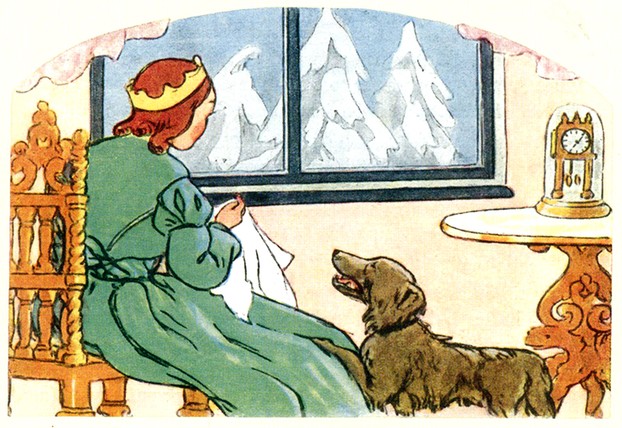
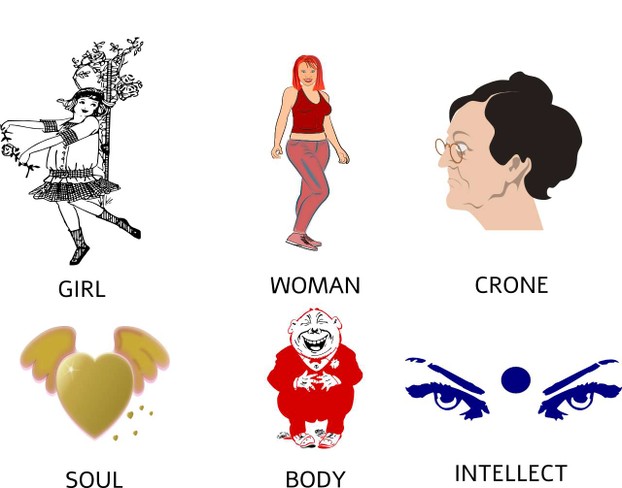
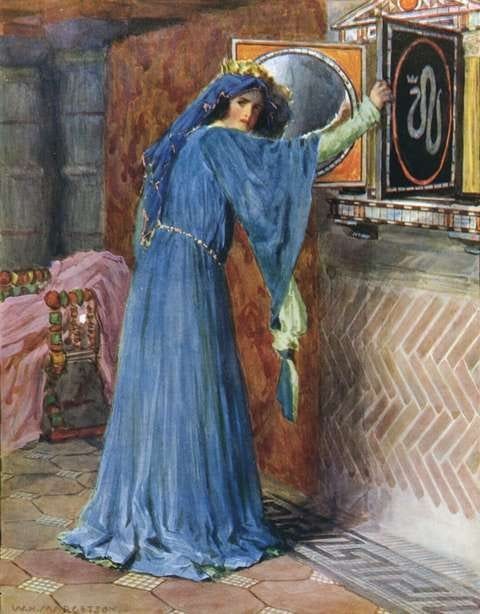
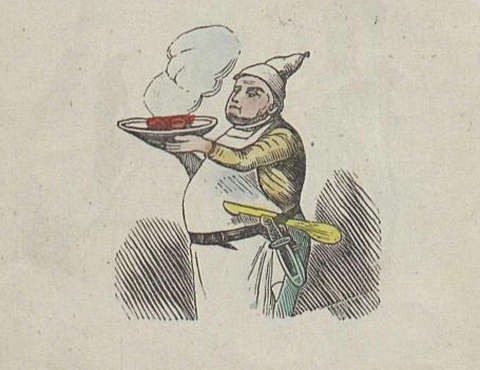
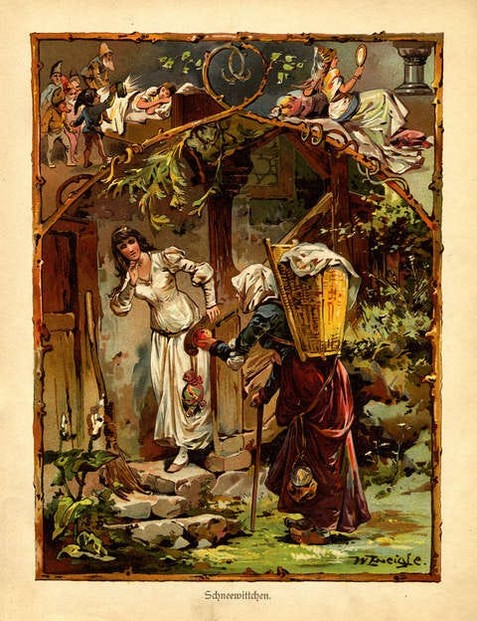
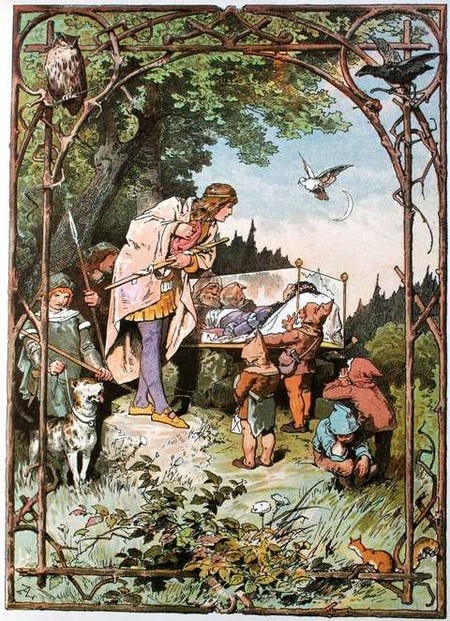
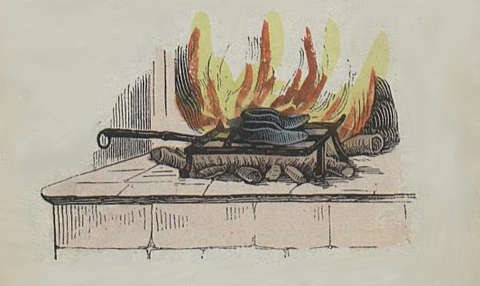
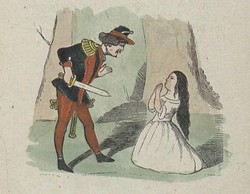

 Vintage Postcard Artists with 10 Examples of Easter Cardson 02/21/2025
Vintage Postcard Artists with 10 Examples of Easter Cardson 02/21/2025
 Valentine's Symbolson 01/23/2025
Valentine's Symbolson 01/23/2025
 Thanksgiving Symbolson 11/12/2024
Thanksgiving Symbolson 11/12/2024
 Famous Witches in Literary Historyon 10/06/2024
Famous Witches in Literary Historyon 10/06/2024
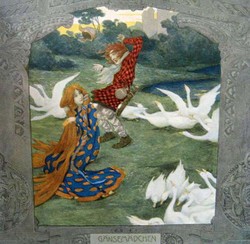
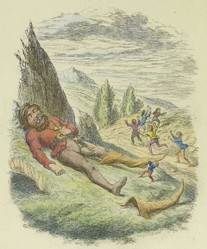
Did you expect so many symbols in Snow White?
No, this is new to me, DerdriuMarriner. Never heard of pomegranate.
A sword, for instance. A horse too.
Depends on the fairy tale, DerdriuMarriner. Most stepmothers from classic fairy tales can be seen as queens if they have enough power.
Mirrors can symbolize a lot of things. They were for centuries reserved for reach people only, in Alice Through the Looking Glass (and several other stories) a mirror is used as a gate to a parallel world, we have a saying about the broken mirror bringing seven years of bad luck (probably thanks to their prices and wish for being careful around them), etc.
Well, DerdriuMarriner, number one can be seen as the number of protagonists or antagonists. It's too universal to be a fairy number, in my opinion.
The fairy tale of Snow White always calls to my mind the fairy tale of Rose Red and Snow White.
Is the above the only instance within fairy tale-telling of fairy tales about two different heroines who share the same name?
Your third symbol, Mirror, caused me to mull the fate of the magic mirror.
Is the mirror destroyed by the Evil Queen in all versions of the fairy tale?
The last sentence in your introductory paragraph adds the title Snow White and the Seven Dwarfs as an oftentime rendition of the fairy-tale name.
Is it known when and where that alternate title began to be used? What might the Grimm Brothers' reaction have been to that longer title and to Snow White's shared-plot honors with the Seven Dwarfs?
Your first symbol, Colors, causes me to ponder the three commonest colors in fairy tales.
Black, red and white apparently draw first-come, first-served places as the three commonest. Blue and gold nevertheless have their roles to play.
Where might blue and gold fit in life and womanly stages?
Your fifth fact, Stay-laces and Poisoned combs, keeps on inspiring me to ponder character flaws and weaknesses. That fact lets us in on her form of the vanity flaw that she shares with the mirror-worshipping Evil Queen.
Is vanity the downfall of other heroines? But might Cinderella be considered a materialistic, vain heroine who survives because of her vanity? Might it not be vanity about ever more sumptuous clothes, hairstyles and jewelry that pushes her toward attending the ball?
This week I read a Spanish version of Cinderella. Cinderella shares her good fortune with her step family, even rooming them in the palace and selecting high-class husbands. Everything between her crying over not going to the ball and marrying her prince suggests a love for nice things that don't stay at a certain level of niceness but keep getting nicer and nicer (undoubtedly more and more expensive even as hunger and poverty and suffering undoubtedly survive somewhere in the kingdom).